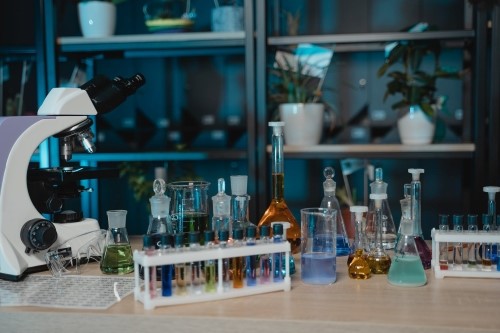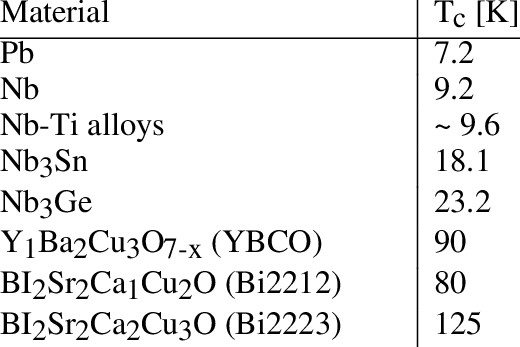Case Study: Standard Platinum Crucible for Precision Research and Laboratory Applications
Introduction
In research and laboratory settings, a diverse array of crucibles finds frequent use, each tailored to specific applications. Among these, the Standard Platinum Crucible stands out as a notable choice. Crafted from high-purity platinum, this crucible's exceptional properties make it a valuable tool for a wide range of scientific endeavors. In this article, we will explore why and how this essential component is extensively used in laboratory settings, providing you with a better understanding.

Figure 1. Lab Apparatus
Understanding Standard Platinum Crucible
A Standard Platinum Crucible is a specialized laboratory vessel used in various research and laboratory applications. Platinum, the metal, is known for its exceptional chemical resistance, high melting point (approximately 1,768°C or 3,214°F), and low reactivity with most chemicals. These properties make platinum an ideal material for crucibles, especially when handling corrosive or reactive substances.

Figure 2. Platinum Crucibles
Applications of Standard Platinum Crucible in Research and Laboratory Settings
With these properties, Standard Platinum Crucibles become crucial tools in research and laboratory settings, particularly in high-temperature and analytical applications. Here's an overview of these applications:
--Analytical Applications
The primary use of Pt Crucibles is analytical chemistry, particularly for precise measurements and sample preparations. They are ideal for heating, melting, or calcining samples due to their resistance to contamination and minimal reactivity with the sample.
These crucibles ensure accurate and reliable results in tasks such as:
XRF Sample Preparation: In X-ray fluorescence (XRF) analysis, where the composition of a material is determined by measuring the emitted X-rays, Pt Crucibles are used for precise and contamination-free sample preparation. They help maintain the integrity of the sample and enhance the accuracy of the analysis.
Ash Testing: Ash testing involves determining the ash content of a sample, typically in organic or mineral materials. Pt Crucibles are ideal for heating the sample to high temperatures, burning off organic matter, and leaving behind the inorganic ash residue for analysis.
Wet Chemistry: In wet chemistry experiments, they are employed for various chemical reactions and sample preparations. Their resistance to chemical corrosion and contamination ensures the accuracy of chemical analyses and reactions.
Loss on Ignition (LOI) Analyses: LOI analyses are used to determine the volatile content in a material. Pt Crucibles are suitable for heating the sample to specific temperatures to drive off volatile components, allowing precise measurements of weight loss.
--Other laboratory Uses
High-Temperature Reactions: Additionally, Pt Crucibles are suitable for conducting high-temperature reactions, such as fusion processes in XRF analysis, sample digestion in analytical chemistry, and thermal analysis techniques like differential scanning calorimetry (DSC) and thermogravimetric analysis (TGA).
Metallurgy and Materials Science: In metallurgy and materials science, these crucibles are employed to determine the composition, melting points, and other properties of various materials. They are crucial for experiments involving the assessment of alloys, ceramics, and other high-temperature materials.
Precious Metal Analysis: They are used for the analysis of precious metals like gold, silver, and platinum themselves. These crucibles ensure that no contamination occurs during the analysis, maintaining the accuracy of results.
Sample Preparation: Pt Crucibles are suitable for sample preparation in chemical and pharmaceutical research, where precise measurements and minimal contamination are essential for accurate results.
Fusion and Fluxing: In geological research and analysis, they are also utilized for the fusion of rock and mineral samples with fluxes to prepare them for subsequent analysis.
Conclusion
In summary, Standard Platinum Crucibles are indispensable tools in research and laboratory environments, offering exceptional resistance to high temperatures and corrosive substances. Their reliability and precision make them a cornerstone in various scientific disciplines, including analytical chemistry, high-temperature reactions, precious metal analysis, etc.
Stanford Advanced Materials (SAM) is a leading supplier of Standard Platinum Crucible. For more information, please check our homepage.




